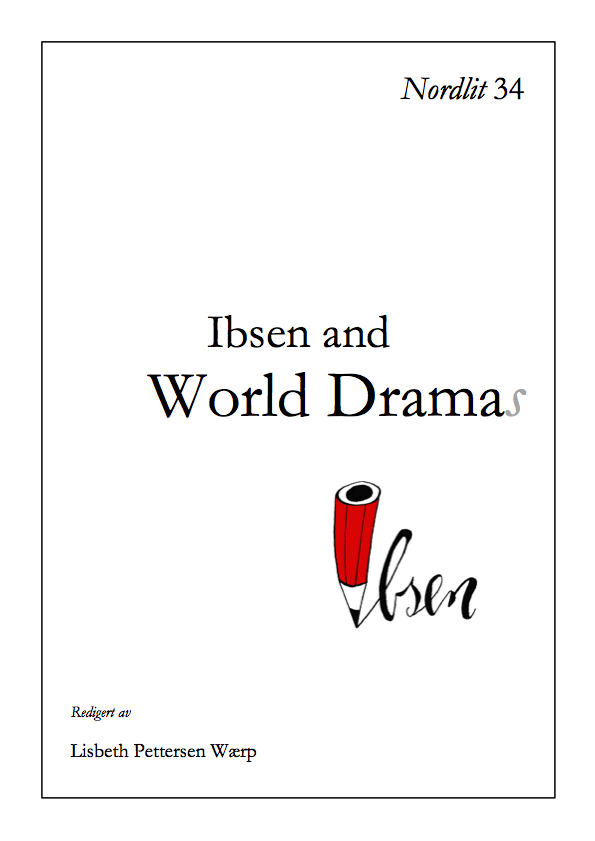Otto Brahm's Ibsen cycle at the Lessing-Theater in Berlin
DOI:
https://doi.org/10.7557/13.3372Emneord (Nøkkelord):
Henrik Ibsen, Otto Brahm, German theatre, performance cycle.Sammendrag
In 1909, an Ibsen cycle comprising all of Ibsen’s thirteen contemporary dramas, from The League of Youth to When We Dead Awaken, was presented at the Lessing-Theater in Berlin. The plays were performed consecutively, in chronological order, in the course of six weeks. The cycle was theatre director Otto Brahm’s grand summing-up of his enduring efforts of promoting Ibsen and his works in Germany. The paper examines this performance cycle from different angles. Why did Brahm present the plays as a cycle? What happens when a cyclic pattern is applied on Ibsen’s works?
Research has revealed a great number of Ibsen cycles in German-speaking theatres in the period before World War II. Brahm’s Ibsen cycle was the most prominent, but not by far the only of its kind. The paper points out how thoroughly Brahm planned the cycle, his clever media strategies and how he in the end designed the cycle as a monument of Ibsen and – not least – of his own achievements as the foremost German champion of Ibsen. How was the critical reception of the cycle? Measured both by audience response and critical reception, the cycle was a success. The cycle concept as such, however, was not judged critically. The cyclic take on Ibsen’s works was neither confirmed nor rejected.









